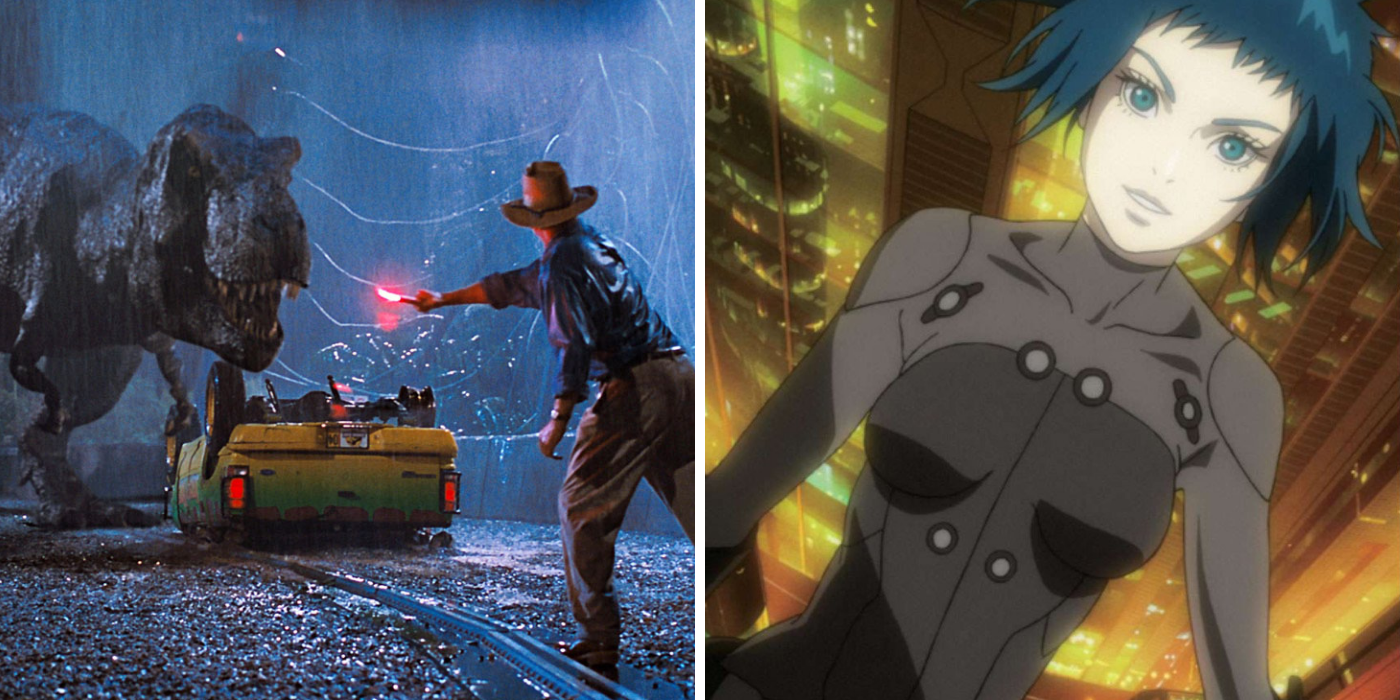
There are two general approaches to making science fiction movies. The first—and far more common—uses the high-tech science-y elements such as time machines, spaceships, and cybernetics to flesh out the setting of the genre without any concern for scientific accuracy. The other approach is to try to tell a grounded story rooted in actual real-world science. This second approach (known as "hard science fiction") is fairly common in novels but is rarely seen in major Hollywood films, where spectacle takes precedent over realism.
Of course, there is a danger in being too accurate. The average viewer will not understand the complexities of quantum computing or mycological breakthroughs in biotechnology, and explaining such complex concepts will put them to sleep faster than sitting through an 8th-grade science class. However, there are a handful of sci-fi films that went out of their way to be as scientifically accurate as possible.
10 Her (2013) Told The Story Of A Man In Love With A Computer Program

The near-future sci-fi film Her is a departure from the usual dark dystopias and pulpy space operas that are over-represented in the genre. The movie deals with a man named Theodore who begins to fall in love with a piece of AI virtual assistance software.
This film explores the nature of love and relationships with empathy and nuance, stripping away the romanticization of romance even as it shows its necessity for humans' well-being. It also is brilliant in its depiction of human-machine interactions.
9 2001: A Space Odyssey (1968) Broke Every Rule Of Sci-Fi
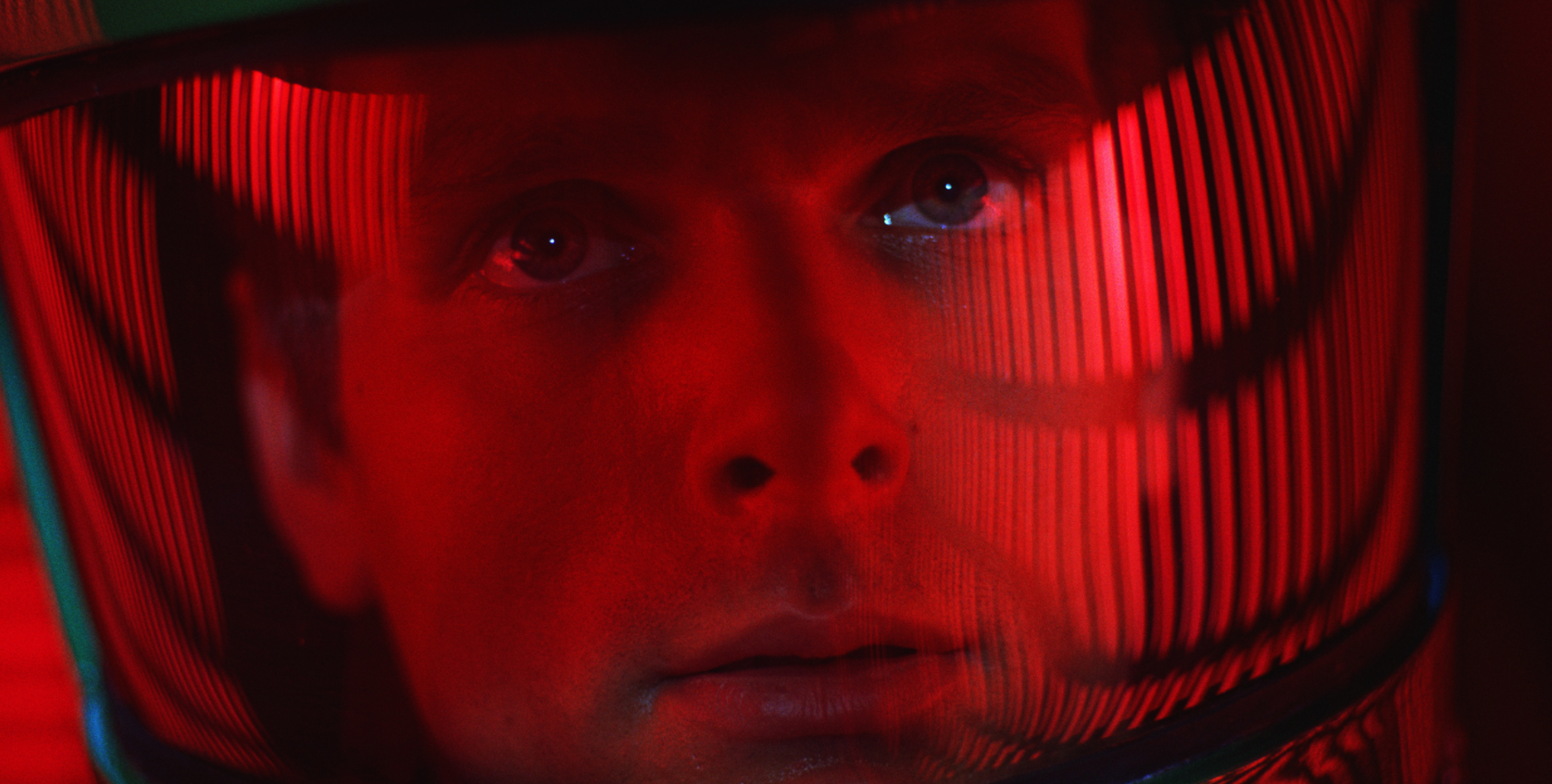
Director Stanley Kubrick released 2001: A Space Odyssey in 1968. It would be another year before Neil Armstrong took his "one giant step for mankind" during the first-ever moon landing in 1969.
It needs to be stated that there had never been anything like 2001 prior to its release. At the time, science fiction involved gimmicky tropes of ray guns and rocket ships, but Stanley Kubrick was the first director to depict astronauts moving in zero gravity and to show how a ship might realistically rotate as it moved through space.
8 The Andromeda Strain (1971) Was One Of The Earliest Stories About Biological Weapons
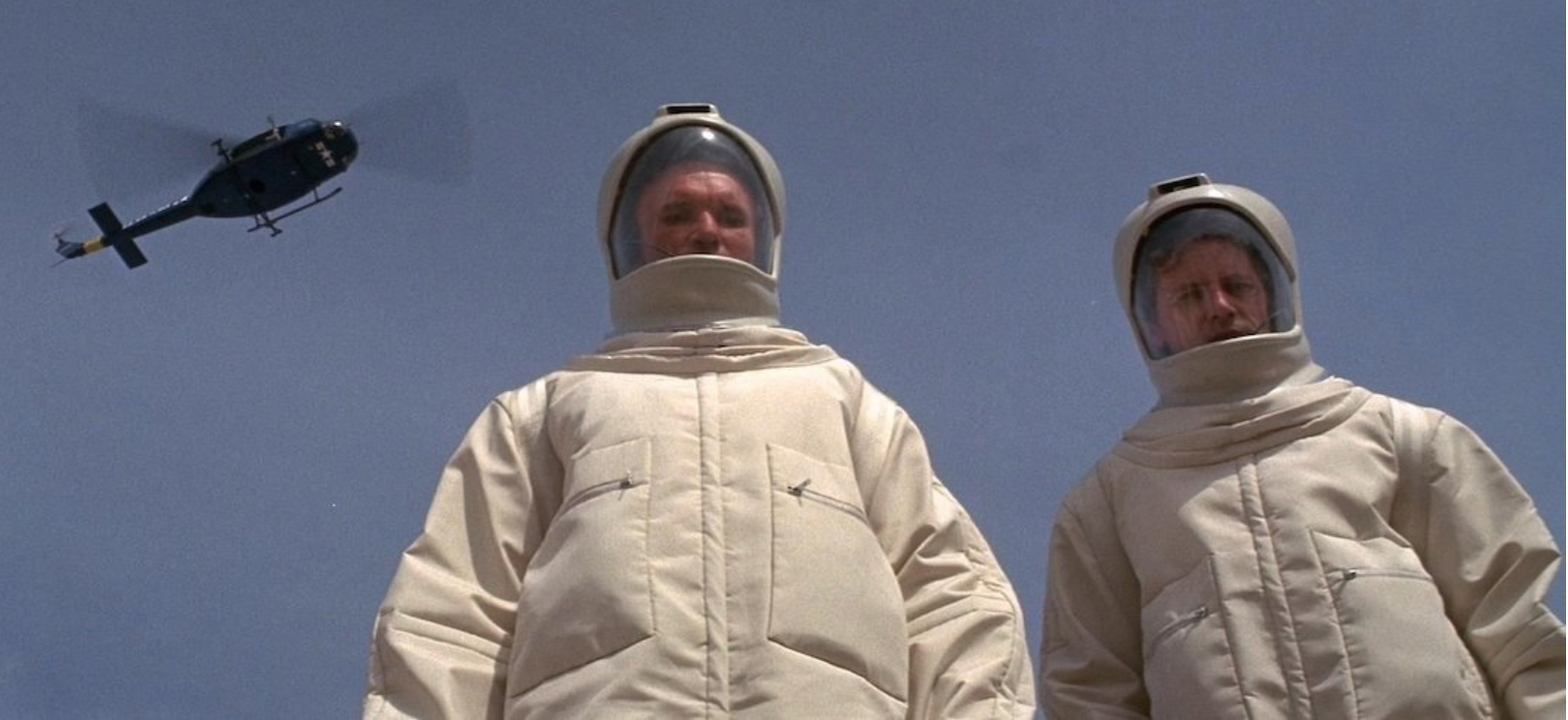
This film is based on a novel by Michael Crichton, which he wrote while studying viruses. It was published in 1969, the same year that Crichton graduated from Harvard Medical School. Movies of the era were concerned with the Cold War threat of nuclear destruction and people were just beginning to discuss the idea of engineering viruses for biological warfare.
Despite being a film released in the early '70s, The Andromeda Strain shows how a virus can adapt and change with amazing accuracy, as well as how scientists try to respond to a potential outbreak. It remains one of the most scientifically accurate films ever made.
7 Jurassic Park (1993) Was Ahead Of Its Time In Archaeology & Bio-Engineering
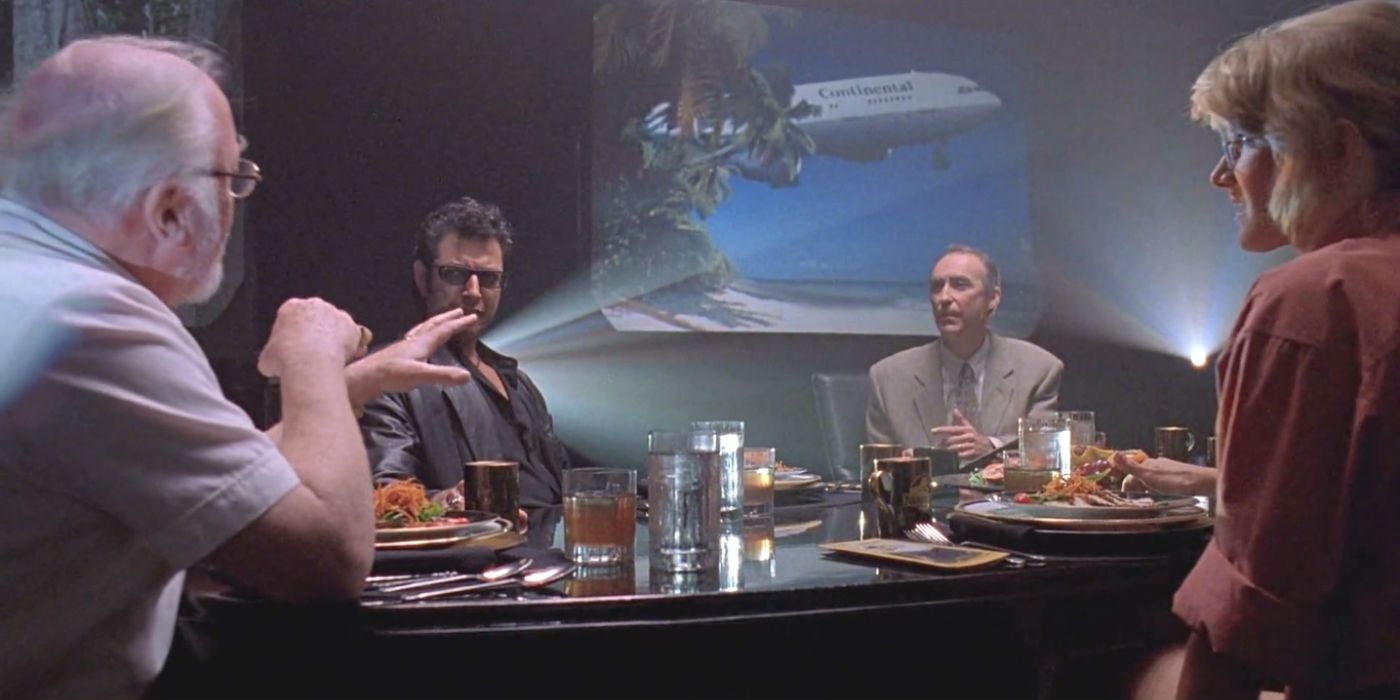
Like The Andromeda Strain, Jurassic Park is also based on a novel by Michael Crichton. The plot concerns a wealthy venture capitalist who has figured out how to extract dinosaur DNA from fossils and has used it to resurrect the giant lizards so he can build a dino-themed amusement park.
The park’s administrators have plans to contain the dinosaurs, but power outages, corporate espionage, and biological mutations show the limits of human control. While some aspects of DNA preservation are oversimplified, the film is one of seven that NASA praised for scientific accuracy. Also, consider the fact that in real life, there is currently a debate about whether to revive the woolly mammoth based on tissue samples that have been preserved. Furthermore, in addition to the complex theories of cloning and genetic sequencing discussed in the film, it also addresses archaeological breakthroughs that showed the link between dinosaurs and birds.
6 The Martian (2015) Showed What It Takes To Survive On Mars
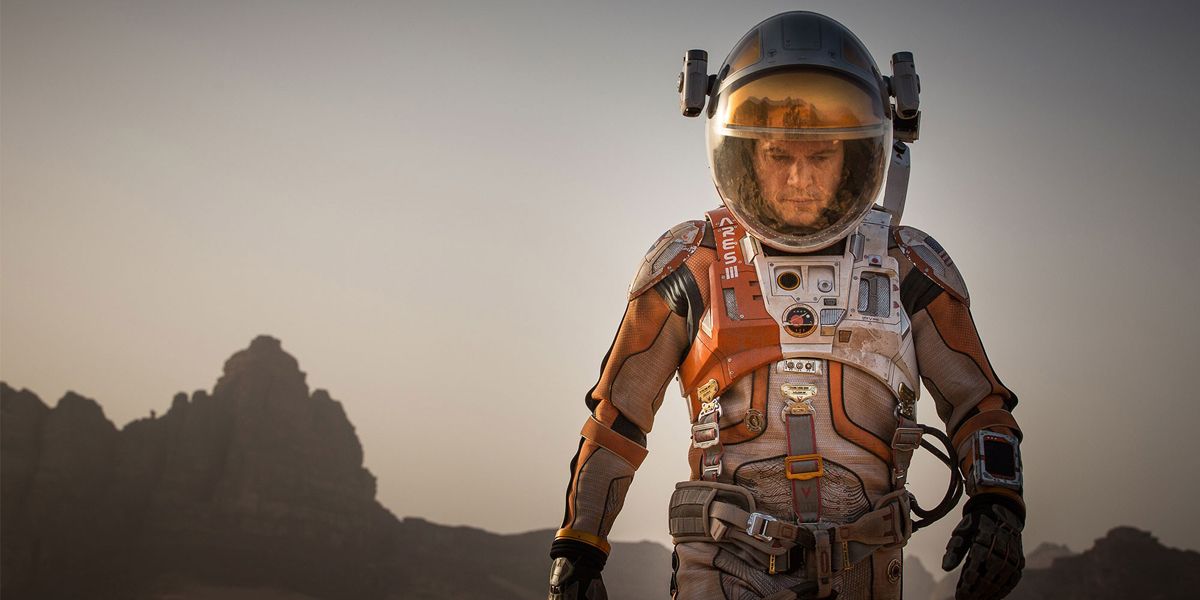
The sci-fi drama The Martian is based on a novel of the same name, written by author Andy Weir. The film follows an astronaut who has been stranded on the surface of Mars. It shows the chemistry needed to make water from oxygen and hydrogen, what it would take to grow food on Mars, and other major logistical issues.
NASA has a section on its website that shows how science drove the plot of The Martian, rather than the usual trend of science being altered in a work of fiction to fit the plot. There are a few minor inaccuracies in the film, most of which are parts that diverge from the book.
5 Deep Impact (1998) Depicted A Realistic Asteroid Impact
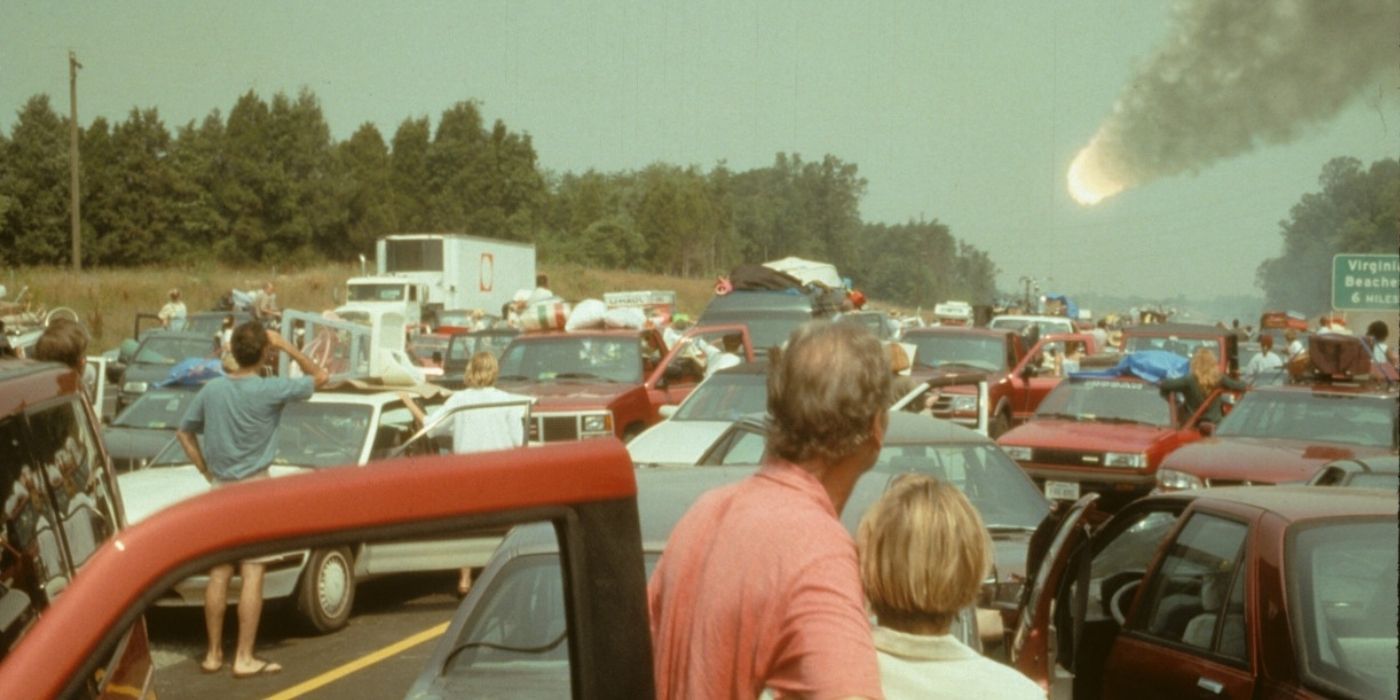
In 1998, a film came out about a group of people going up in space to stop a massive asteroid from striking the earth. The film was called Armageddon, and it was panned for its poor science and worse story.
A less well-known movie with a very similar plot came out the same year: Deep Impact. This movie depicted what the effects of such an impact would look like, as well as what both astronauts in space and engineers on the ground would need to do in such a scenario.
4 Interstellar (2014) Showed Light Bending In Its Black Hole Scene
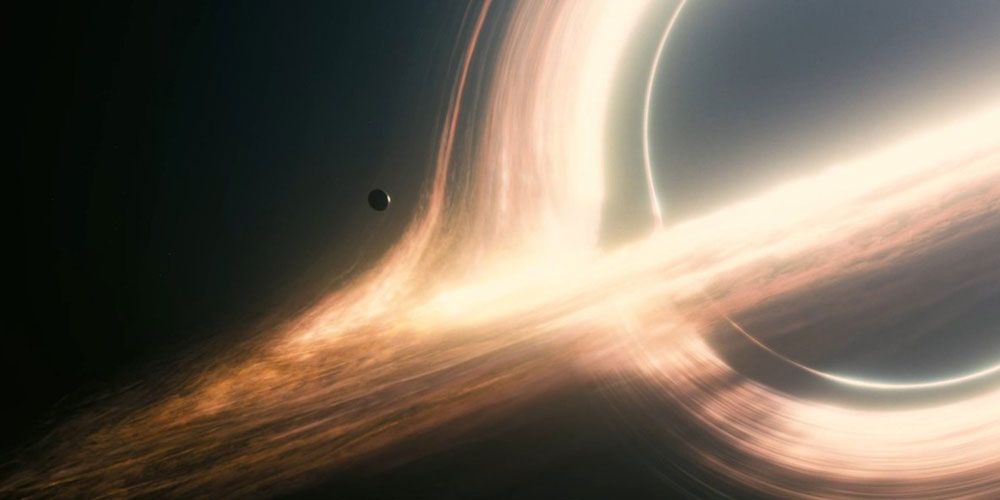
Interstellar was a passion project developed by Christopher Nolan that may be the most accurate depiction of space travel ever put to film. In a particularly heartbreaking sequence, the movie shows the way gravity impacts the relativity of space-time, as what is a very short trip down to a planet for some characters takes comparative decades for others.
Famously, the scene at the end of the film in which the protagonist enters into a black hole required engineers to write out advanced mathematical equations to show the distortion of light. Nobel Prize-winning physicist Kip Thorne even wrote a book called The Science of Interstellar.
3 Contact (1997) Was Based On The Writing Of Astrophysicist & Astrobiologist Carl Sagan

Many movies on this list are based on popular novels since novelists tend to do more research into hard science than the average Hollywood producer is interested in. The 1997 film Contact is one such film, but it stands out for another reason: the novel it is based on was written by Carl Sagan.
The public intellectual Carl Sagan was an astrophysicist, astrobiologist, and astronomer (among other things), so he was the perfect person to write about a realistic first contact scenario. The film involves such matters as detecting radio communications in space using a radiotelescope and accurately shows how scientists would operate in the circumstances. It also does not bother to dumb anything down for audiences.
2 Minority Report (2002) Predicted The Rise Of Predictive Policing
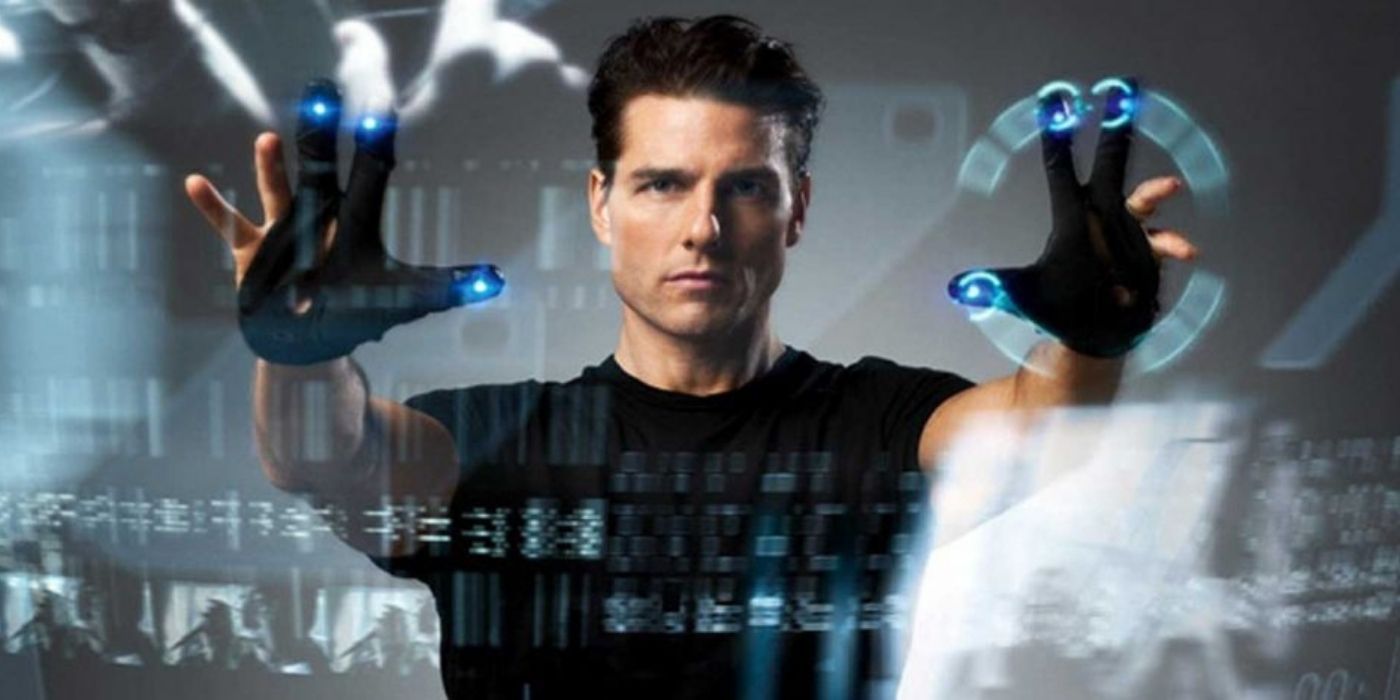
The film Minority Report is based on a novel by Philip K. Dick and is set in a dystopian future where police predict crimes before they happen, arresting the culprits before they have technically broken the law. Other technology includes eye scanners that can identify people, government registers that match a person’s biometrics to their personal info, realistic VR simulators, and heat-sensing drones.
While the film uses fictionalized technology to predict the crimes, all of the technology described above is in existence now. Furthermore, predictive policing is shown to be flawed in the film, while modern-day predictive policing is informed by racial and economic bias, both within the algorithms used by police and in the ways that officers and judges treat suspected felons.
1 Ghost In The Shell (1995) Showed Memory Alteration
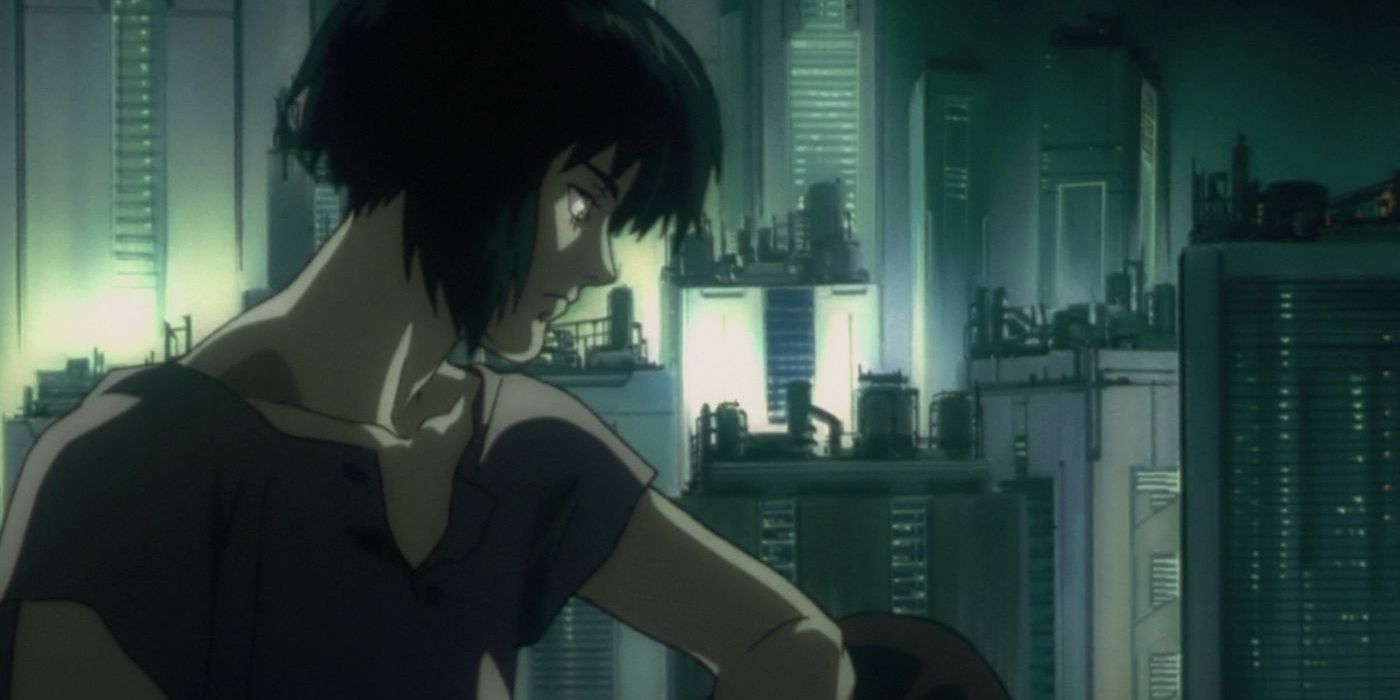
The cyberpunk anime film Ghost in the Shell is widely praised as one of the most philosophically rich anime ever made, examining themes of consciousness and identity within a transhumanist framework. Its protagonist, Major Kusanagi, is a cyborg who has received a full-body transplant. Many of the cybernetics in the film are still only hypothetical (though quite a number are in various stages of development).
However, much of the stealth tech used in the film is very accurate. Furthermore, one minor character has his memories altered after his brain is hacked. It is worth noting that the CIA-engineered abusive memory-altering techniques and the Satanic Panic of the '80s were based on false memories. The movie was accurate in more ways than many people realize and it continues to influence other works of science fiction to this day.
0 Comments